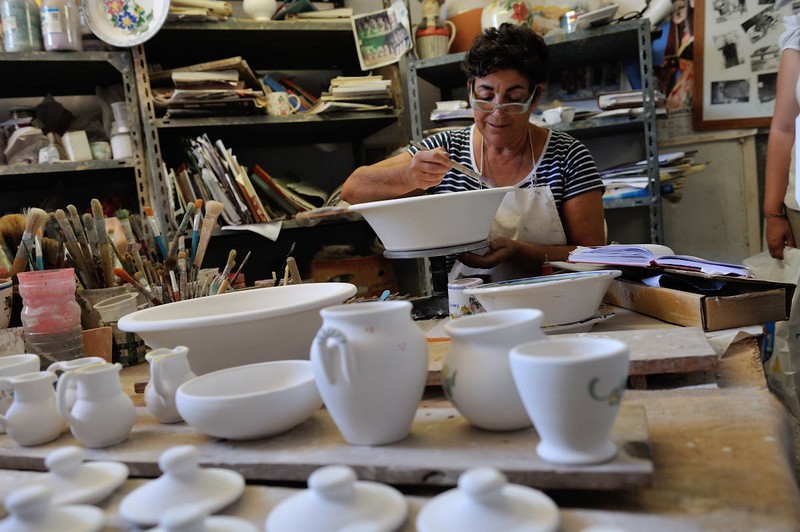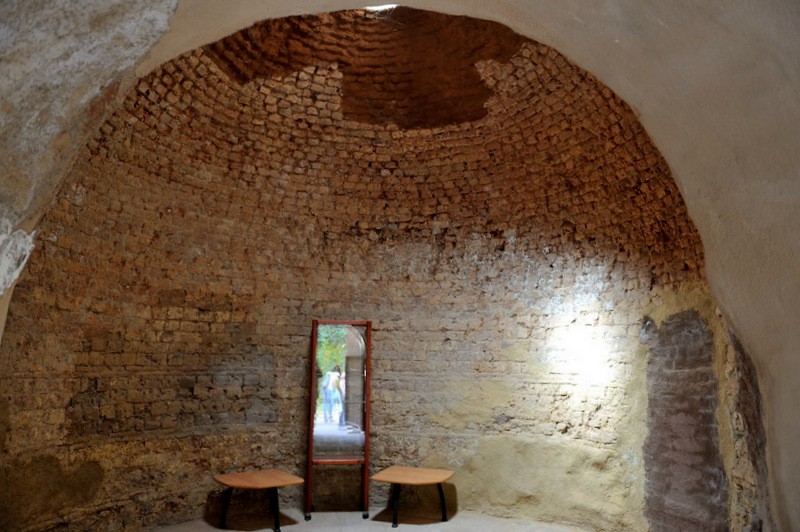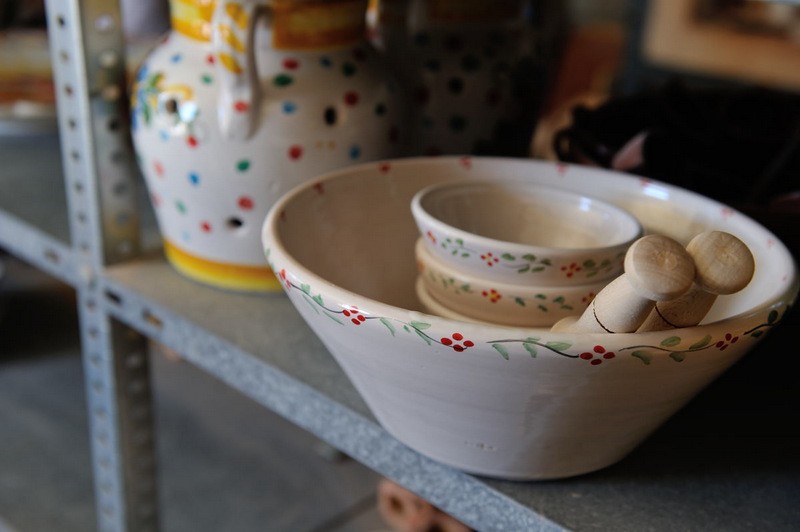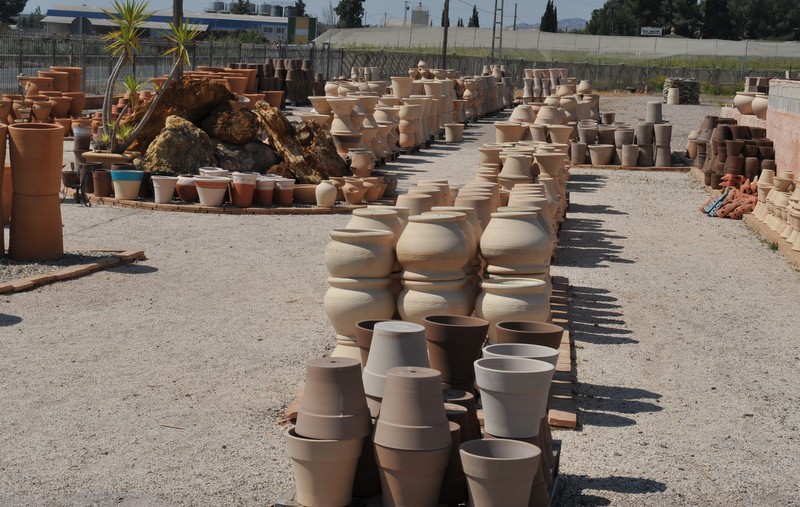- Region
- Águilas
- Alhama de Murcia
- Jumilla
- Lorca
- Los Alcázares
- Mazarrón
- San Javier
-
ALL AREAS & TOWNS
- AREAS
- SOUTH WEST
- MAR MENOR
- MURCIA CITY & CENTRAL
- NORTH & NORTH WEST
- TOWNS
- Abanilla
- Abarán
- Aguilas
- Alamillo
- Alcantarilla
- Aledo
- Alhama de Murcia
- Archena
- Balsicas
- Blanca
- Bolnuevo
- Bullas
- Cañadas del Romero
- Cabo de Palos
- Calasparra
- Camping Bolnuevo
- Campo De Ricote
- Camposol
- Canada De La Lena
- Caravaca de la Cruz
- Cartagena
- Cehegin
- Ceuti
- Cieza
- Condado de Alhama
- Corvera
- Costa Cálida
- Cuevas De Almanzora
- Cuevas de Reyllo
- El Carmoli
- El Mojon
- El Molino (Puerto Lumbreras)
- El Pareton / Cantareros
- El Raso
- El Valle Golf Resort
- Fortuna
- Fuente Alamo
- Hacienda del Alamo Golf Resort
- Hacienda Riquelme Golf Resort
- Isla Plana
- Islas Menores & Mar de Cristal
- Jumilla
- La Azohia
- La Charca
- La Manga Club
- La Manga del Mar Menor
- La Pinilla
- La Puebla
- La Torre
- La Torre Golf Resort
- La Unión
- Las Palas
- Las Ramblas
- Las Ramblas Golf
- Las Torres de Cotillas
- Leiva
- Librilla
- Lo Pagan
- Lo Santiago
- Lorca
- Lorquí
- Los Alcázares
- Los Balcones
- Los Belones
- Los Canovas
- Los Nietos
- Los Perez (Tallante)
- Los Urrutias
- Los Ventorrillos
- Mar De Cristal
- Mar Menor
- Mar Menor Golf Resort
- Mazarrón
- Mazarrón Country Club
- Molina de Segura
- Moratalla
- Mula
- Murcia City
- Murcia Property
- Pareton
- Peraleja Golf Resort
- Perin
- Pilar de la Horadada
- Pinar de Campoverde
- Pinoso
- Playa Honda
- Playa Honda / Playa Paraíso
- Pliego
- Portmán
- Pozo Estrecho
- Puerto de Mazarrón
- Puerto Lumbreras
- Puntas De Calnegre
- Region of Murcia
- Ricote
- Roda
- Roldan
- Roldan and Lo Ferro
- San Javier
- San Pedro del Pinatar
- Santiago de la Ribera
- Sierra Espuña
- Sucina
- Tallante
- Terrazas de la Torre Golf Resort
- Torre Pacheco
- Totana
- What's On Weekly Bulletin
- Yecla


- EDITIONS:
 Spanish News Today
Spanish News Today
 Alicante Today
Alicante Today
 Andalucia Today
Andalucia Today
The historic traditions of pottery and ceramics in Totana
The Barrio de las Ollerias in Totana has been favoured by potters for over 2,000 years
 There is a long history of ceramics and pottery in the town of Totana, in the south-west of the Region of Murcia, a fact which is reflected not only in the survival of a historic Moorish–style kiln, the "Horno Moruno", but also in some of the street names in the town centre. This is particularly the case of Paseo de las Ollerías, above the west bank of the Rambla de la Santa, and Calle Tinajeras, both of which are named after establishments which in the past produced pots and urns.
There is a long history of ceramics and pottery in the town of Totana, in the south-west of the Region of Murcia, a fact which is reflected not only in the survival of a historic Moorish–style kiln, the "Horno Moruno", but also in some of the street names in the town centre. This is particularly the case of Paseo de las Ollerías, above the west bank of the Rambla de la Santa, and Calle Tinajeras, both of which are named after establishments which in the past produced pots and urns.
In addition, decorative tiles are a feature of the architecture of the town, some of them used as street signs and others appearing on the façades of buildings, fountains and monuments.
It is known that the ceramics and pottery traditions which are still present in Totana go back at least to the Middle Ages, and that the skills and knowledge acquired by artisans were passed down from father to son through the generations. Even before that, though, archaeological remains just outside Totana confirm that similar crafts were carried out here over 2,600 years ago at the Iberian Las Cabezuelas site, where the inhabitants based their society on agriculture, farming and trades such as smithying, weaving and milling as well as pottery.

Even at that time the pottery activity was centred around what is now the Barrio de las Ollerías, at the foot of the hill on which Las Cabezuelas stood. This is because the location provided the three key elements for the potter’s trade: water, clay and space in which to work.
The decline of the Iberians and the arrival of the Romans brought no interruption of the tradition, and from the 1st and 2nd centuries AD terra sigillata pottery has been unearthed. New developments followed after the departure of the Romans in the 5th century, and the Moors stamped their own identity on the craft in the 10th and 11th centuries, introducing the potter’s wheel and the type of “moruno” kiln which is still in use in some places today.
 In the past this kind of oven was treated as an asset belonging not to one craftsman but to a whole community, and the moruno kiln which has been restored in the Barrio de las Ollerías in Totana would have been used by numerous craftsmen at any one firing. These firings might take place every three weeks or so, once enough items had been prepared to fill the kiln, and of course getting the temperature and heating times exactly right was of huge importance as the livelihoods of most of the neighbourhood were at stake!
In the past this kind of oven was treated as an asset belonging not to one craftsman but to a whole community, and the moruno kiln which has been restored in the Barrio de las Ollerías in Totana would have been used by numerous craftsmen at any one firing. These firings might take place every three weeks or so, once enough items had been prepared to fill the kiln, and of course getting the temperature and heating times exactly right was of huge importance as the livelihoods of most of the neighbourhood were at stake!
This kiln can still be visited as part of an organised tour with a guide, although is not generally open to the public for private visits.
 From the 17th century onwards craftsmen in Lorca and Totana were especially renowned for the typical “tinajas”, or large earthenware pots, which were often placed inside the front door of houses in the arable farmland of the huerta and used to store oil, water or grain. These tinajas were between 70 and 140 centimetres high, and were made from red clay and finished in red ochre, and equally popular were the two-handled jugs and washing bowls produced from the same materials.
From the 17th century onwards craftsmen in Lorca and Totana were especially renowned for the typical “tinajas”, or large earthenware pots, which were often placed inside the front door of houses in the arable farmland of the huerta and used to store oil, water or grain. These tinajas were between 70 and 140 centimetres high, and were made from red clay and finished in red ochre, and equally popular were the two-handled jugs and washing bowls produced from the same materials.
Examples of the different phases in the development of pottery in Totana can be seen in the museums of Murcia, Lorca and Almería.
But in modern times it has become harder for the traditional ceramicists and potters of Totana to survive, and they have had to adapt to the times. On the one hand the craft has acquired a certain dignity and prestige – witness the monument to the potter whose services were placed at the disposal of sculptor Anastasio Martínez Valcárcel in the Paseo de la Rivera – while at the same time most of those who maintain the traditions of the past have had to do so in more modern establishments, some located outside the town centre.
Similarly, rather than producing items for domestic use such as pans, plates, jugs, cups and the like, they have been forced to concentrate more on decorative and ornamental product lines including flower pots, decorative plates and tiles.
Nonetheless, a stroll around the Barrio de las Ollerías still reveals several reminders of the importance of the old crafts in Totana, including the “Arco de San Pedro” (or “Arco de las Ollerías”, where in days gone by the potters set up their workshops). It was the construction of this aqueduct which allowed the residents and craftsmen of Totana easy access to water from the spring of La Carrasca in Sierra Espuña.
 Another tribute to the importance of pottery in Totana is that the Crafts Technology Centre of the Region of Murcia is located in Calle Rambla de la Santa, and to celebrate the Centre’s 10th anniversary in 2009 the “moruno” kiln was restored and reopened.
Another tribute to the importance of pottery in Totana is that the Crafts Technology Centre of the Region of Murcia is located in Calle Rambla de la Santa, and to celebrate the Centre’s 10th anniversary in 2009 the “moruno” kiln was restored and reopened.
Visitors to the town today can still visit the workshops of potters working in the municipality and purchase hand-made products directly from the artisans. The shops are not guaranteed to be open at any given time, so the Tourist Information Office is the best place to call in for information and up to date printed material showing the wherabouts of the remaining workshops.
As a general guide, some of the last remaining traditional workshops can be found up a dusty track alongside the rambla, by the Arco de las Ollerías, set slightly up above the road, and the remainder are dotted along the old main road between Totana and Alhama de Murcia. In these locations garden pots are plentiful and the workshops will also paint pots or tile plaques with personalised messages and names.
Prices are extremely reasonable and some of the companies also sell factory seconds which are a real bargain!
Click for more information about the municipality of Totana.



